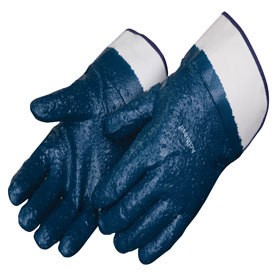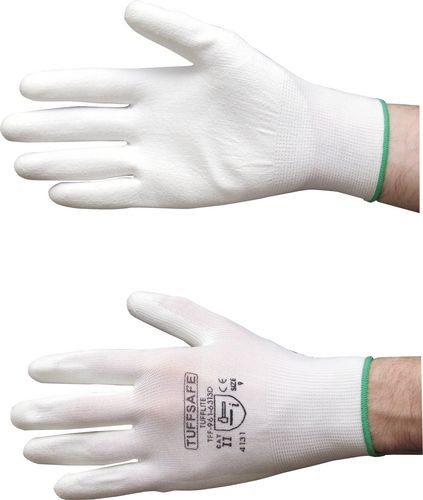Our website uses cookies and similar technologies to provide you with a better service while searching or placing an order and for analytical purposes.
By clicking the Allow Cookies button, you are informing OBAS UK Ltd that you agree to the use of these cookies as detailed in our
Privacy Policy.
Which category of safety gloves should you choose?
 There are so many gloves out there, when trying to choose the next set of gloves for the task at hand you will be forgiven for scratching your head, through the holes in the tips of your glove’s fingers.
There are so many gloves out there, when trying to choose the next set of gloves for the task at hand you will be forgiven for scratching your head, through the holes in the tips of your glove’s fingers.
Choosing the right glove for every task is important, gloves come in many forms they definitely aren’t created equal! Most people have a set of cold weather gloves or marigolds under the sink but when thinking about gloves as personal protection equipment (PPE) you’ve got to consider the requirements and the potential implications of selecting the wrong type of glove.
In order to comply with health and safety legislation it’s important that you choose gloves that comply with the PPE directive 89/868/EEC. Gloves that comply to this directive can be split down into three further categories of glove ratings, which is designed to assist you in choosing the right gloves for the right task.
What are the three PPE glove categories?
Category 1 – Simple Design. Category 1 gloves are designed to be used in situations where minimal injury or illness can be expected if gloves are not used, or when the consequences of not using the gloves are easily dealt with. This means using these gloves for tasks that don’t include hazardous materials and/or hazardous substances and provide protection against warm objects or temperatures not exceeding +50° C. These gloves are marked with the CE stamp.

Category 2 – Intermediate Design. Category 2 gloves are designed to be used for tasks where there is a specific risk of injury. They are tested against the European body standard which is represented on the gloves with the CE stamp along with the accompanying 3121 marking. These are general handling gloves and will be tear resistant, blade cut resistant and puncture resistant and provide some protection when using machinery or potentially hazardous substances.
Category 3 – Complex Design. Category 3 gloves are designed to be used when there is a serious risk of injury or illness if category 3 gloves were not used. The injury caused by not using category 3 gloves would be long term or irreversible. Category 3 gloves are tested by an approved quality system to be resistant to permeation of specific chemicals and will be marked with the CE sign as well as the numbers 1234.
In addition to the standard glove safety categorisation it’s important to understand some of the specific EN numbers which are associated with gloves in the construction industry.
Examples of EN numbers applicable to gloves for use in construction:
EN420
This standard defines the general requirements for protective gloves in terms of construction, fitness of purpose, safety, etc The gloves themselves should not impose a risk or cause injury and should be as close as possible to pH neutral (with leather gloves having a pH value between 3.5 – 9.5). The highest permitted value for chromium is 3 mg/kg (chrome VI).
EN 10819
These gloves give protection from vibrations (vibration attenuation). These glove won’t enhance vibrations with a moderately strong frequency (31.5 Hz to 200 Hz) and at a high frequency (200 Hz to 1250 Hz), the gloves will reduce the level of vibration by around 40%.
Selecting the right gloves for your employees is essential as this makeup a core element of the necessary PPE you need to safeguard your staff from risk.
Find our range of Safety Gloves online or call now on 01772 786000 to speak to one of our PPE specialists.


